How to connect video surveillance using a 2G / 3G / 4G signal gain

If you are terrified at the sight of a man climbing a construction crane, think of those who work at high altitude every day. Crane operators, window cleaners, high-altitude installers — all these people chose not the walls of the office, but the air and dizzy heights.
Work in such conditions requires iron nerves and reliable equipment. Security at the facility is supported not only by standard rules of behavior, but also by surveillance cameras that solve various tasks (once we helped a client who wanted to identify people without protective helmets with the help of Ivideon cameras).
At any construction site it is difficult to find a normal Internet for at least one camera. And when do you need ten cameras? The task is complicated many times. The problem is ubiquitous: a house outside the city, repairs in the basement, a store on the first floor of a shopping center behind thick concrete walls - everywhere a wide Internet channel is needed for cameras. Our solution to the problem is a ZLT P10 + antenna with a modem and router for receiving and amplifying 2G / 3G / 4G signals.
Differences LTE-antennas
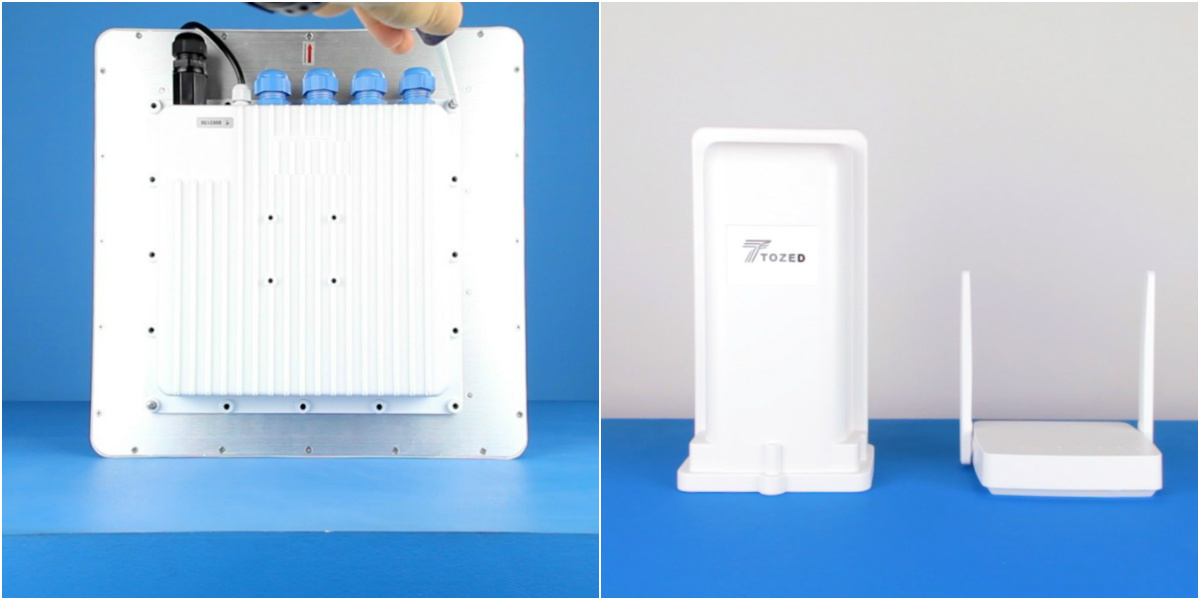
Videostation M20 on the left, ZLT P10 + on the right
Last fall, we showed the “all-in-one” solution for objects without the Internet - Videostation M20 , combining a 20 dB antenna in a single MIMO package (signal amplification at a distance of up to 15 km in a straight line and without obstacles to the operator’s base station), modem, router switch with PoE (4 ports) and power supply.
Videostation M20 has a number of features. First of all, only 4 cameras can be connected directly to the device, and other cameras have to be added via a splitter. Secondly, the camera connection is possible only by cable. Thirdly, the price of 19,990 rubles does not always allow people with a first business built with a loan money to install an antenna and cameras.
In addition, the device is large (420 × 420 × 110 mm and weighs 5 kg), which makes installation difficult in many places - it is extremely difficult, for example, to mount on a thin high mast.
Considering all the subtleties, we realized that we need to look for an alternative solution.
The videostation M20 doesn't disappear anywhere, but the ZLT P10 + appears with other features.
Components and specifications
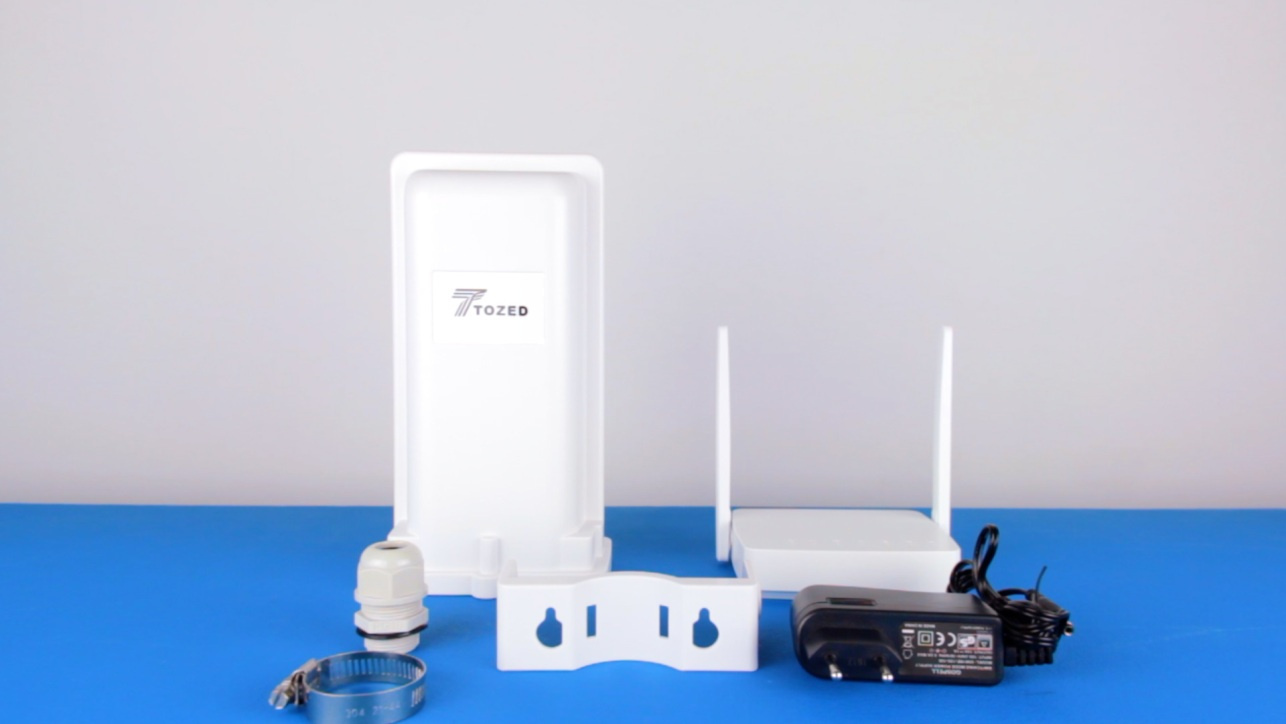
Inside the box are two different devices. ZLT P10 + router and ZLT P11 antenna itself . For convenience, the entire kit is simply called the ZLT P10 +. Equipment:
• Antenna ZLT P10 +
• Router
• Power Supply
• Mounting bracket
• Instruction
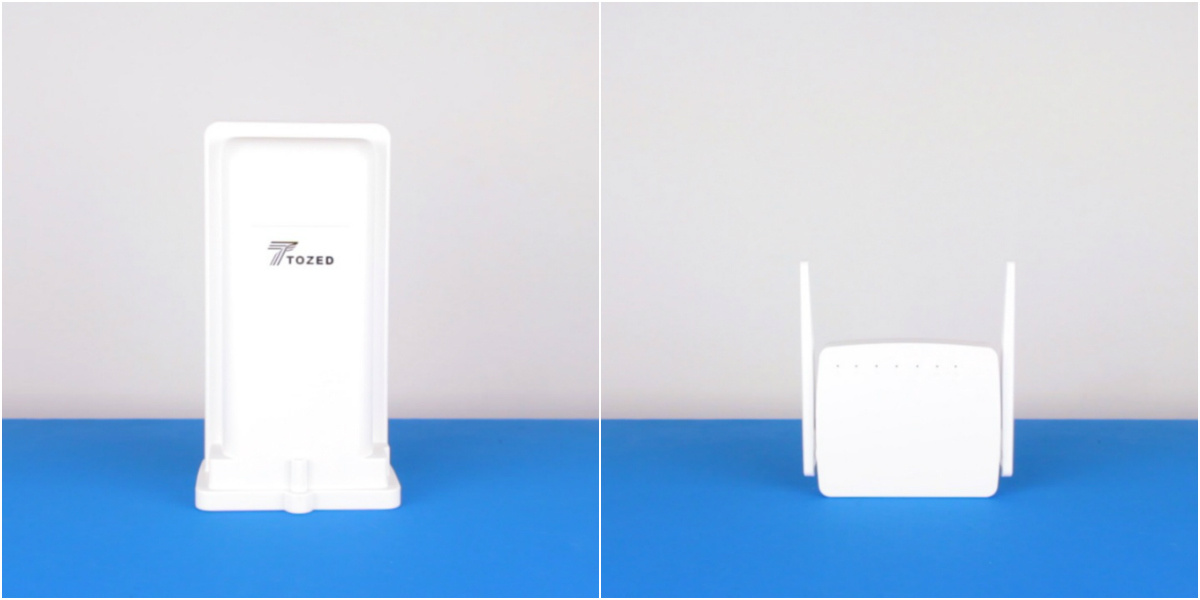
Antenna and router are called respectively: external unit and internal unit
Operating temperature: -20 ... + 40 ° C.
AC power supply: 100 ... 240 V, 50 ... 60 Hz.
DC output power: 15 V, 1000 mA.
Transmission power: 23 dB (this is higher than that of Videostation, but in practice the signal range is almost identical for them - 15 km without obstacles, 10 km in real conditions).
Water resistance: IP65 (full protection against dust, protection against water jets from any direction).
Weight: 580 g - almost 10 times less than VideoStation M20.
Size: 252 × 142 × 50 mm.
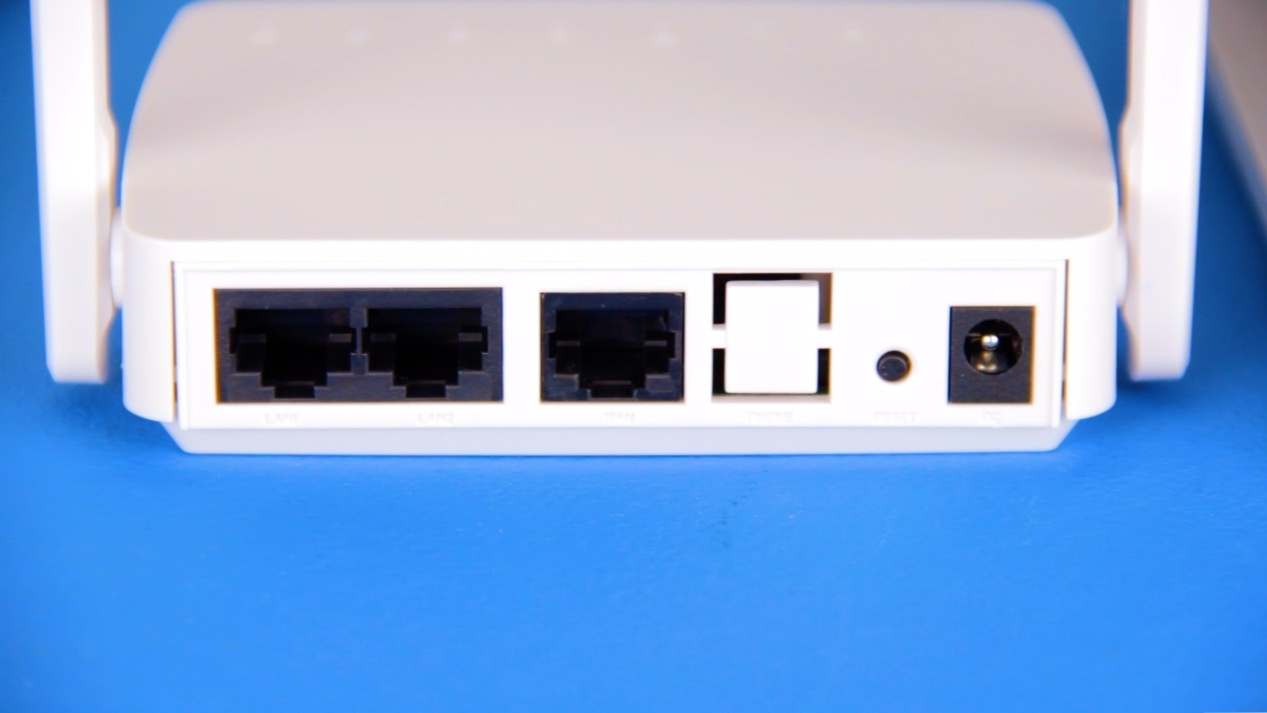
Wi-Fi router with 2 Ethernet ports and a port for connecting to the antenna via a normal network cable. The black dot next to the power - reset button to reset to factory settings. Router in trend supports VPN. Our video is already encrypted, but if you want to allow encrypted traffic of video data over VPN, it is now possible without any difficulties.
What can ZLT P10 +
Antenna ZLT P10 + enhances signal reception using a USIM / SIM card of any Russian cellular operator. Data transfer rate:
• 4G (LTE) incoming traffic - 100 Mbps, outgoing traffic - 50 Mbps;
• TD-SCDMA - incoming traffic - 2.8 Mbit / s, outgoing - 2.2 Mbit / s.
The camera works with PoE-connection (via cable) and Wi-Fi cameras - more than ten devices (surveillance cameras) are connected wirelessly.
Installation
ZLT P10 + works out of the box - you just need to connect the device. In addition to the ZLT P10 + you will need: a SIM card, cable, video surveillance camera.
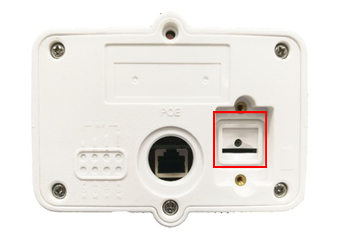
USIM card is installed in the slot.
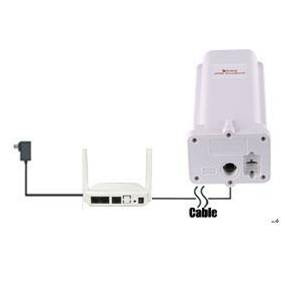
The indoor unit's WAN / POE port and outdoor unit's LAN port are connected to a regular category 5e network cable. The antenna receives power through the same cable.

The antenna itself is mounted on the street with the help of an arm, with orientation towards the base station. Wi-Fi router is installed indoors. The distance between the antenna and the router can be up to 50 meters. The insignificant weight of the device allows you to mount it anywhere.
The indoor unit can be connected to a computer with a standard cable (over twisted pair), or wirelessly. No driver installation required. Supported OS: Windows (starting with XP), MAC OS, Linux. A computer can access not only the network settings, but also information about the operation of the device, including data on the traffic received and transmitted.
Indicators
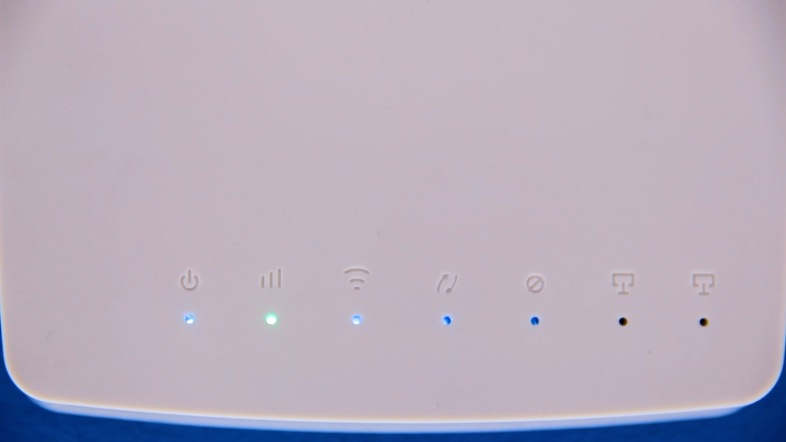
From left to right: power, signal level (either red, yellow or green does not glow: weak, moderate, strong), Wi-Fi, connection between indoor and outdoor units, connection to a PC. The indicators on the outdoor unit show the presence of power, the signal level, the operation of the SM card, the connection to the PC and the operability of the device.
Where to use

Put everywhere. On most construction sites, walls of already constructed buildings and office buildings, a mobile crane to patrol the construction site (with each turn of the crane, the antenna receives a signal from the new tower), to a small basement store, at home and in the country.
Video documentation in difficult conditions adds transparency, shows to potential interest holders the construction process in action, attracts new clients, we show you something that you would not see otherwise. Installation and installation do not require special knowledge. Included is a manual with which any person in five minutes will deal with the connection.
The range of use of the device is wider than that of our previous LTE antennas:
• weight and compactness are lower - dimensions and light weight allow you to mount the antenna anywhere, even to the crown branch;
• the number of cameras connected is limited only by the width of the Internet channel (channel speed requirements and traffic consumption)
• supports the operation of Wi-Fi cameras (minimizes the number of cables and increases the possibility of comprehensive coverage of the territory)
• the price at the same time decreased to 14,990 rubles .
All Articles